Home>diy>Building & Construction>What Is A Scribe In Construction
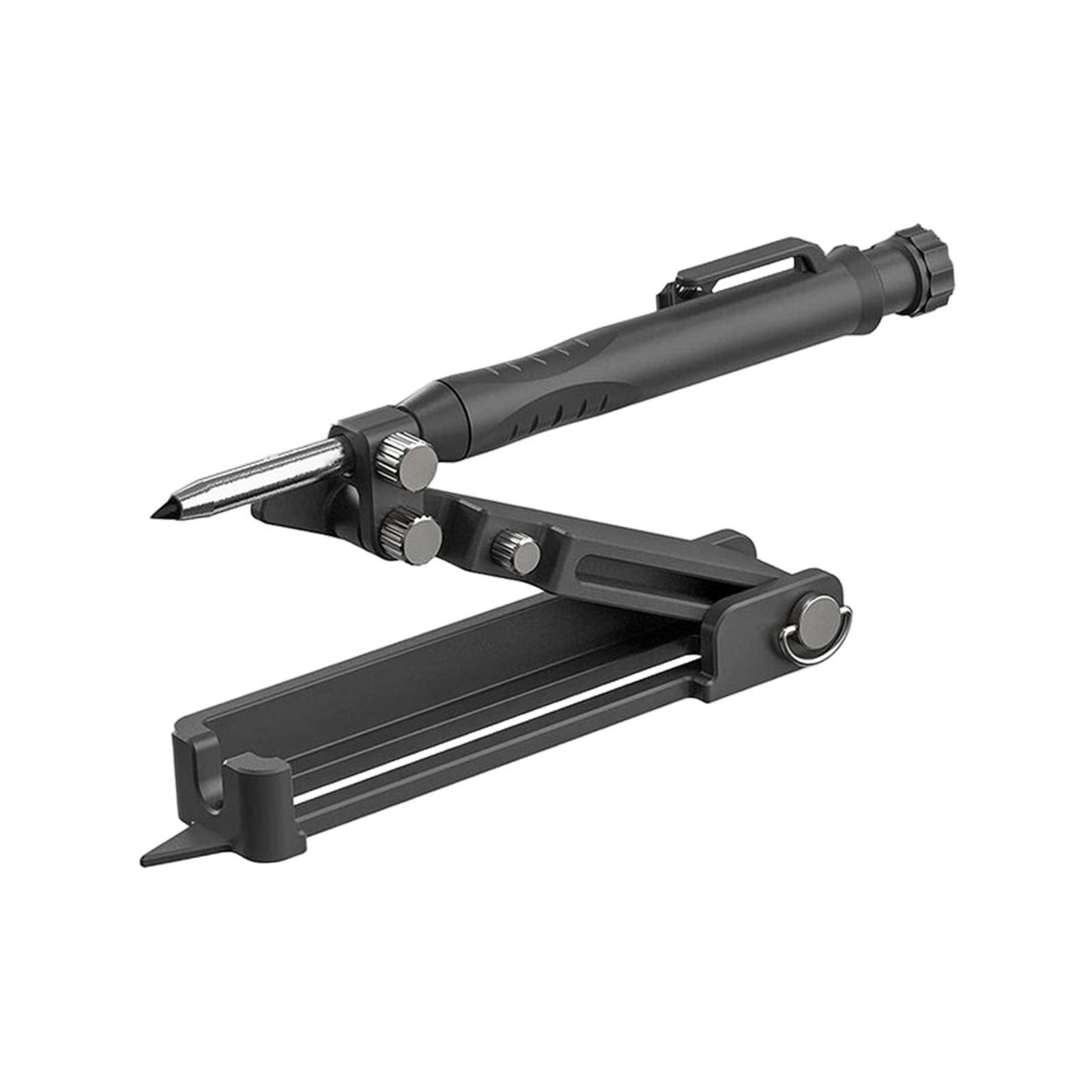

Building & Construction
What Is A Scribe In Construction
Modified: January 23, 2024
Learn about the role of a scribe in building construction. Discover how these professionals assist with documentation and project management in the construction industry.
(Many of the links in this article redirect to a specific reviewed product. Your purchase of these products through affiliate links helps to generate commission for Storables.com, at no extra cost. Learn more)
Introduction
Welcome to the world of construction, where meticulous planning and precise execution are crucial for successful projects. Behind every construction site, there is an army of professionals working tirelessly to ensure that each component is flawlessly integrated. One such integral role is that of a scribe. In this article, we will explore the important role of a scribe in construction projects.
A scribe, also known as a construction document control specialist, plays a vital role in documenting and managing project information. While their presence may not be as apparent as that of architects or engineers, their contribution is indispensable. A scribe is responsible for maintaining accurate records, facilitating communication, and ensuring compliance with regulatory standards and project specifications.
In the following sections, we will delve deeper into the definition of a scribe, explore their role in construction projects, highlight the skills and qualifications required, discuss their responsibilities, and shed light on the importance of scribes in the construction industry. We will also touch upon the challenges faced by scribes and the training and education required to excel in this profession.
By the end of this article, you will have a comprehensive understanding of the significance of a scribe in construction projects and how their expertise contributes to successful project completion.
Key Takeaways:
- Scribes in construction are unsung heroes, ensuring accurate documentation, smooth communication, and compliance. Their expertise is vital for project success, minimizing errors and delays.
- Scribes face challenges in managing high document volumes, tight deadlines, and regulatory compliance. Their role requires a blend of technical knowledge, organizational skills, and adaptability.
Read more: What Is Scribing In Construction
Definition of a Scribe
A scribe, in the context of construction, is an essential member of the project team responsible for managing and organizing project documentation. They are typically employed by construction companies, architects, engineering firms, or project management organizations. The primary role of a scribe is to ensure that all project information, including drawings, specifications, contracts, permits, and other relevant documents, are accurately recorded and effectively managed throughout the project lifecycle.
A scribe acts as a central point of contact for project documentation, ensuring that all stakeholders have access to the most up-to-date and accurate information. They are responsible for maintaining document control systems and processes, which involve managing the creation, revision, distribution, and storage of project documents. Additionally, scribes are responsible for implementing version control, tracking document changes, and managing document workflows, such as reviews and approvals.
As the custodian of project documentation, a scribe must possess strong organizational skills and attention to detail. They should have a thorough understanding of the construction industry and its specific processes, as well as knowledge of relevant document control software and tools. Effective communication skills are also crucial for a scribe, as they often need to coordinate with various stakeholders, such as architects, engineers, contractors, and regulatory authorities.
In summary, a scribe in the construction industry is a professional who manages and organizes project documentation, ensuring that all stakeholders have access to accurate and up-to-date information. Their role is vital for maintaining efficient project workflows, facilitating effective communication, and ensuring compliance with project specifications and regulatory requirements.
Role of a Scribe in Construction Projects
The role of a scribe in construction projects is multi-faceted and plays a critical part in ensuring streamlined operations and successful project completion. Let’s explore some of the key responsibilities and contributions of a scribe:
- Document Control: A scribe is responsible for maintaining an organized and efficient document control system. This includes managing the creation, revision, distribution, and storage of project documents. By implementing effective document control processes, a scribe ensures that all stakeholders have access to the most up-to-date and accurate information.
- Information Management: Managing project information efficiently is crucial in construction projects. A scribe ensures that project documentation, such as drawings, specifications, contracts, and permits, is properly organized and accessible to all relevant parties. They coordinate with architects, engineers, contractors, and other stakeholders to ensure that project information is up-to-date and readily available when needed.
- Communication Facilitation: Effective communication is essential for successful project execution. A scribe acts as a bridge between different teams, departments, and stakeholders, ensuring that information flows smoothly. They assist in coordinating meetings, documenting meeting minutes, and disseminating relevant information to the appropriate parties. This helps to keep everyone on the same page and minimizes delays and miscommunication.
- Quality Assurance: The accuracy and completeness of project documentation are vital for ensuring project quality. A scribe plays a crucial role in implementing quality control processes, such as reviewing documents for errors or inconsistencies. They also ensure that documents adhere to regulatory standards and project specifications, helping to mitigate risks and ensure compliance.
- Change Management: Construction projects often involve changes and revisions to plans and specifications. A scribe helps manage these changes by tracking document revisions, maintaining a clear record of changes, and ensuring that the appropriate parties are notified. This helps to minimize confusion and ensure that everyone is working with the most up-to-date information.
In summary, the role of a scribe in construction projects is to manage document control, facilitate communication, manage project information, ensure quality assurance, and assist in change management. Their contribution is instrumental in maintaining project efficiency, minimizing errors, and ensuring that all stakeholders have access to accurate and up-to-date information throughout the project lifecycle.
Skills and Qualifications Required for a Scribe
Being a scribe in the construction industry requires a combination of technical knowledge, organizational skills, and effective communication abilities. Let’s explore the essential skills and qualifications needed to excel in this role:
- Construction Industry Knowledge: A scribe needs to have a solid understanding of the construction industry, including construction processes, terminology, and regulatory requirements. This knowledge helps them effectively manage and interpret project documentation and communicate with various stakeholders.
- Document Control Expertise: To succeed as a scribe, knowledge of document control systems and processes is crucial. They should be well-versed in managing document workflows such as document creation, revisions, reviews, approvals, and version control. Proficiency in document management software and tools is also highly beneficial.
- Attention to Detail: Scribes are responsible for maintaining accurate and error-free project documentation. Therefore, having a keen eye for detail is essential. They should possess the ability to identify and rectify mistakes, inconsistencies, and discrepancies in project documents, ensuring that all information is reliable and consistent.
- Organizational Skills: Construction projects involve an abundance of documents and information. A scribe must possess excellent organizational skills to efficiently handle and categorize project files. This includes the ability to establish and maintain filing systems, track document changes, and ensure easy retrieval of information when needed.
- Communication Skills: Effective communication is crucial for a scribe, as they interact with various stakeholders, including architects, engineers, contractors, and regulatory authorities. They should be able to clearly communicate project information, document updates, and coordinate meetings or reviews. Strong written and verbal communication skills are key to ensuring seamless information exchange.
- Adaptability and Multi-tasking: Construction projects are dynamic and often involve multiple tasks and deadlines. A scribe should be adaptable and able to handle changing project requirements. They must have the ability to multitask and prioritize tasks effectively, ensuring that project documentation and communication are managed efficiently.
- Problem-Solving Abilities: Construction projects may encounter unexpected challenges or issues, and a scribe should be capable of finding practical solutions. They should have a proactive mindset and the ability to identify potential problems and propose suitable resolutions, ensuring that project documentation and communication remain on track.
In terms of qualifications, a degree or diploma in construction management, engineering, or a related field can be advantageous. Additionally, certifications related to document control or project management, such as Certified Construction Document Technologist (CDT) or Project Management Professional (PMP), can demonstrate a scribe’s expertise and commitment to their profession.
By possessing a combination of technical knowledge, organizational skills, effective communication abilities, and relevant qualifications, a scribe can thrive in the demanding and critical role of managing project documentation in the construction industry.
Responsibilities of a Scribe in Construction
A scribe in the construction industry has a range of responsibilities that revolve around the effective management of project documentation and communication. Let’s dive into some of the key responsibilities of a scribe:
- Document Control: One of the primary responsibilities of a scribe is managing document control for construction projects. This involves establishing and maintaining a document management system, ensuring that all project documentation is accurately recorded, organized, and easily accessible. They oversee the creation, revision, distribution, and storage of project documents, implementing rigorous version control and tracking any changes or updates.
- Change Management: Construction projects often experience changes, such as design modifications or scope adjustments. A scribe is responsible for managing these changes by keeping track of revision requests, updating relevant documents, and ensuring that all stakeholders are informed about the changes. They work closely with architects, engineers, contractors, and regulatory authorities to ensure that the project documentation reflects the latest approved changes.
- Communication Facilitation: Effective communication is vital for the success of construction projects. A scribe acts as a communication hub, facilitating the flow of information between different project teams, stakeholders, and regulatory authorities. They schedule and coordinate meetings, record meeting minutes, and distribute information to relevant parties. Additionally, they compile reports and memos, ensuring that project documentation is communicated accurately and in a timely manner.
- Quality Assurance: Ensuring the accuracy and completeness of project documentation is crucial for maintaining project quality. A scribe is responsible for reviewing project documents for errors, inconsistencies, or compliance issues. They perform quality checks to ensure that drawings, specifications, contracts, and permits align with regulatory requirements and project specifications. By maintaining strict quality control, a scribe helps mitigate risks and ensure that the project documentation meets the highest standards.
- Record-Keeping and Archiving: Construction projects generate a vast amount of documentation that needs to be properly recorded and archived. A scribe maintains thorough records of all project documents, including correspondence, contracts, progress reports, and test reports. They ensure that project files are securely stored and easily retrievable for future reference, audits, or legal purposes. The scribe is also responsible for archiving project documentation once the project is completed.
- Compliance and Regulatory Requirements: Construction projects are subject to various regulatory requirements and standards. A scribe ensures that all project documentation adheres to these requirements, including building codes, permits, and environmental regulations. They keep track of documentation related to inspections, certifications, and approvals, ensuring that all necessary documentation is in place and readily available when needed.
The responsibilities of a scribe in construction extend beyond those listed above, as they adapt to the specific requirements and complexity of each project. However, these core responsibilities highlight the critical role that a scribe plays in document control, change management, communication facilitation, quality assurance, and compliance within construction projects.
A scribe in construction is responsible for documenting all project activities, including meetings, decisions, and changes. They should have strong organizational and communication skills to accurately record and distribute information.
Importance of Scribes in the Construction Industry
Scribes play a vital role in the construction industry, contributing to the efficiency, accuracy, and overall success of construction projects. Let’s explore the importance of scribes in more detail:
- Document Control and Organization: Scribes are responsible for managing and organizing project documentation, ensuring that all stakeholders have access to accurate and up-to-date information. They establish document control systems and processes that enable efficient creation, revision, distribution, and storage of project documents. By maintaining organized and easily accessible documentation, scribes contribute to efficient project workflows and minimize potential errors and delays.
- Communication Hub: Effective communication is crucial for the smooth operation of construction projects. Scribes act as the central point of contact for project communication, ensuring that information flows seamlessly between different teams, departments, and stakeholders. They schedule and coordinate meetings, record and distribute meeting minutes, and ensure that all relevant parties are informed about project updates. By facilitating clear and consistent communication, scribes help to minimize confusion, misunderstandings, and costly rework.
- Accuracy and Compliance: Construction projects require meticulous attention to detail and adherence to regulatory requirements. Scribes ensure that project documentation is accurate, complete, and compliant with relevant codes and standards. They perform quality checks to identify errors or inconsistencies in drawings, specifications, permits, and contracts. By maintaining the accuracy and compliance of project documentation, scribes help to mitigate risks, avoid costly legal disputes, and uphold project quality.
- Efficient Change Management: Construction projects often undergo changes, such as design modifications or scope adjustments. Scribes play a crucial role in managing these changes by tracking document revisions, updating project documentation, and ensuring that all stakeholders are informed. By efficiently managing change, scribes minimize confusion, maintain project continuity, and enable effective decision-making.
- Project Accountability and Auditability: Scribes maintain comprehensive records of project documentation, including correspondence, contracts, reports, and approvals. These records serve as an invaluable resource for project accountability and auditability. Scribes ensure that project files are properly archived and easily accessible, enabling efficient retrieval of information for future reference or audits. This promotes transparency, accountability, and regulatory compliance.
- Project Efficiency and Timeliness: Scribes streamline project workflows by ensuring that relevant information is readily available to all stakeholders. They maintain efficient document control systems and implement effective communication processes, minimizing delays, errors, and rework. By optimizing project efficiency and timeliness, scribes contribute to the overall success and profitability of construction projects.
In summary, scribes play a critical role in the construction industry by managing project documentation, facilitating effective communication, ensuring compliance, managing change, promoting accountability, and enhancing overall project efficiency. Their expertise and attention to detail contribute to the successful completion of construction projects while minimizing risks and maintaining high-quality standards.
Challenges Faced by Scribes in Construction Projects
The role of a scribe in construction projects comes with its share of challenges. Let’s explore some of the common challenges faced by scribes:
- Managing a High Volume of Documents: Construction projects generate a substantial amount of documentation, including drawings, specifications, contracts, permits, and reports. Scribes face the challenge of efficiently managing and organizing these documents, ensuring that all relevant parties have access to the most up-to-date information.
- Tight Deadlines and Time Constraints: Construction projects are often time-sensitive, with tight schedules to meet project milestones. Scribes must work within these constraints to ensure that documentation is processed, reviewed, and distributed in a timely manner. The pressure of time-sensitive tasks can be challenging, especially when there are numerous documents to handle simultaneously.
- Information Accuracy and Consistency: The accuracy and consistency of project documentation are of utmost importance. Scribes face the challenge of verifying the accuracy of information, detecting errors or inconsistencies, and ensuring that all documents align with project specifications and regulatory requirements. They need to have a keen eye for detail to manage these challenges effectively.
- Coordinating Communication Among Stakeholders: Construction projects involve multiple stakeholders, including architects, engineers, contractors, regulatory authorities, and project managers. Scribes need to facilitate effective communication amongst these stakeholders, ensuring that information is relayed accurately and in a timely manner. This can be challenging, particularly when dealing with diverse teams and varying communication preferences.
- Managing Changes and Revisions: Construction projects frequently undergo changes and revisions, which can pose a challenge for scribes. They must keep track of document revisions, ensure that all stakeholders are notified of changes, and update project documentation accordingly. Handling change requests and coordinating with various parties can be demanding, requiring efficient change management processes.
- Technology and Software Adoption: The construction industry is rapidly evolving, with advancements in technology and document management software. Scribes face the challenge of keeping up with these advancements and effectively utilizing construction document control software. They must be adaptable and willing to learn new tools and techniques to improve document management efficiency.
- Adhering to Regulatory Requirements: Construction projects are subject to various regulatory requirements and standards. Scribes face the challenge of ensuring that project documentation complies with these regulations. They must stay updated on the latest codes and standards and ensure that all necessary permits and certifications are obtained and properly documented.
Despite these challenges, scribes play a crucial role in the successful completion of construction projects. By staying organized, proactive, and adaptable, scribes can overcome these obstacles and contribute to efficient document control, effective communication, and compliant project management.
Training and Education for Scribes in Construction
To excel as a scribe in the construction industry, individuals typically require a combination of relevant training and education. Let’s explore the common pathways for acquiring the necessary skills and knowledge:
- Construction-focused Education: Many scribes pursue formal education in construction-related fields such as construction management, engineering, or architecture. These programs provide a solid foundation in construction processes, project management, and relevant industry standards. A degree or diploma in a construction-focused field can equip scribes with fundamental knowledge applicable to their role.
- Document Control Training: Given the document-centric nature of the role, specialized training in document control can be highly beneficial for aspiring scribes. There are numerous courses and certifications available that focus specifically on construction document control, providing in-depth knowledge of document workflows, version control, and compliance management.
- Project Management Courses: Scribes may benefit from taking project management courses to develop skills in planning, organization, and communication. Project management courses provide insights into project lifecycle, risk management, team coordination, and effective communication strategies—all of which are valuable for managing project documentation as a scribe.
- Professional Certifications: Obtaining professional certifications related to construction document control or project management can enhance a scribe’s credentials. Certifications such as Certified Construction Document Technologist (CDT) or Project Management Professional (PMP) validate an individual’s knowledge and expertise in their field. These certifications demonstrate a commitment to professional development and can set scribes apart in the job market.
- Hands-on Experience: While formal education and training lay the foundation, hands-on experience is invaluable for scribes in the construction industry. On-the-job training and exposure to construction projects provide practical insights into document management, communication protocols, and project processes. Internships or entry-level positions in construction companies, architectural firms, or project management organizations can help scribes gain the necessary experience and skills required for the role.
- Continued Learning: Construction industry practices and technologies are continually evolving. It is vital for scribes to stay updated with the latest advancements and trends. This can be achieved through continuous learning, attending workshops, seminars, industry conferences, and staying connected with professional networks. Continued learning ensures that scribes are equipped with the knowledge and skills needed to adapt to changing technologies and industry best practices.
By combining a relevant education background, specialized training, professional certifications, hands-on experience, and a commitment to continued learning, individuals can build a strong foundation for a successful career as a scribe in the construction industry. It is the continuous development of skills and knowledge that enables scribes to effectively manage project documentation and contribute to the success of construction projects.
Conclusion
In the complex realm of construction projects, scribes play a vital role in managing project documentation, facilitating communication, ensuring compliance, and maintaining project efficiency. They are the unsung heroes behind the scenes, working diligently to keep projects on track and information flowing seamlessly among stakeholders.
Through their expertise in document control, scribes ensure that all project documentation is accurately recorded, organized, and accessible to relevant parties. Their attention to detail and commitment to accuracy contribute to the overall quality of project documentation, reducing risks and avoiding costly disputes.
Scribes act as the communication hub, ensuring that information is relayed accurately and in a timely manner. By coordinating meetings, recording minutes, and disseminating project updates, they foster effective communication among architects, engineers, contractors, and regulatory authorities, minimizing misunderstandings and promoting smooth collaboration.
The challenges faced by scribes, such as managing high volumes of documents, meeting tight deadlines, and ensuring compliance, highlight the importance of their role in construction projects. Their ability to navigate these challenges demonstrates their adaptability and resilience in a dynamic industry.
To excel as a scribe, individuals can pursue a combination of relevant education, specialized training, and practical experience. Whether through a construction-focused education, document control training, project management courses, or professional certifications, scribes can acquire the necessary knowledge and skills to fulfill their role effectively.
In conclusion, the contribution of scribes in the construction industry cannot be overstated. They ensure the accuracy and accessibility of project documentation, facilitate efficient communication, and help maintain compliance with regulatory requirements. Without their expertise, construction projects would be hindered by disorganized information, miscommunication, and potential legal issues.
So, the next time you step onto a construction site, remember the essential role that scribes play in the background, keeping the gears of the project turning smoothly and ensuring its success.
Frequently Asked Questions about What Is A Scribe In Construction
Was this page helpful?
At Storables.com, we guarantee accurate and reliable information. Our content, validated by Expert Board Contributors, is crafted following stringent Editorial Policies. We're committed to providing you with well-researched, expert-backed insights for all your informational needs.


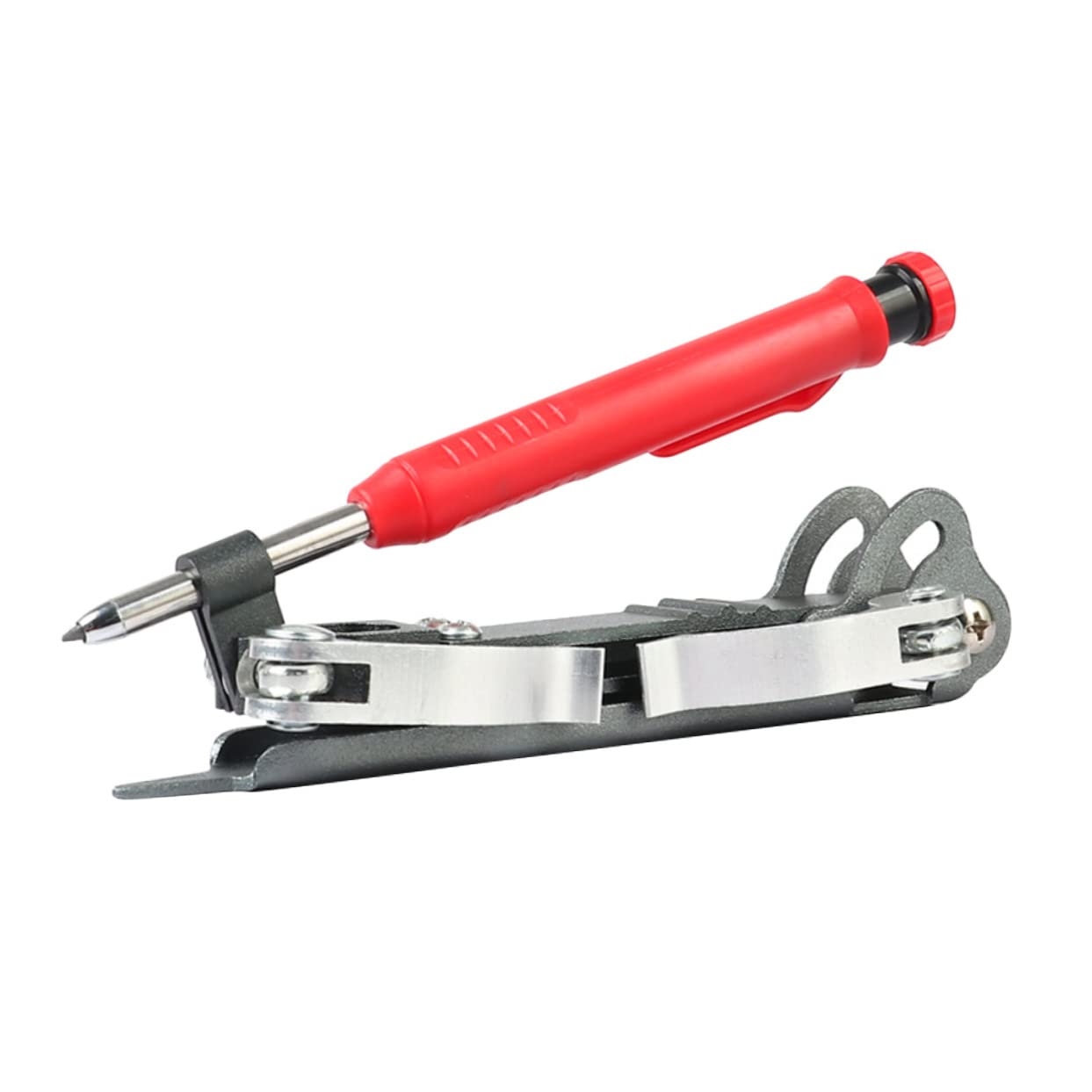

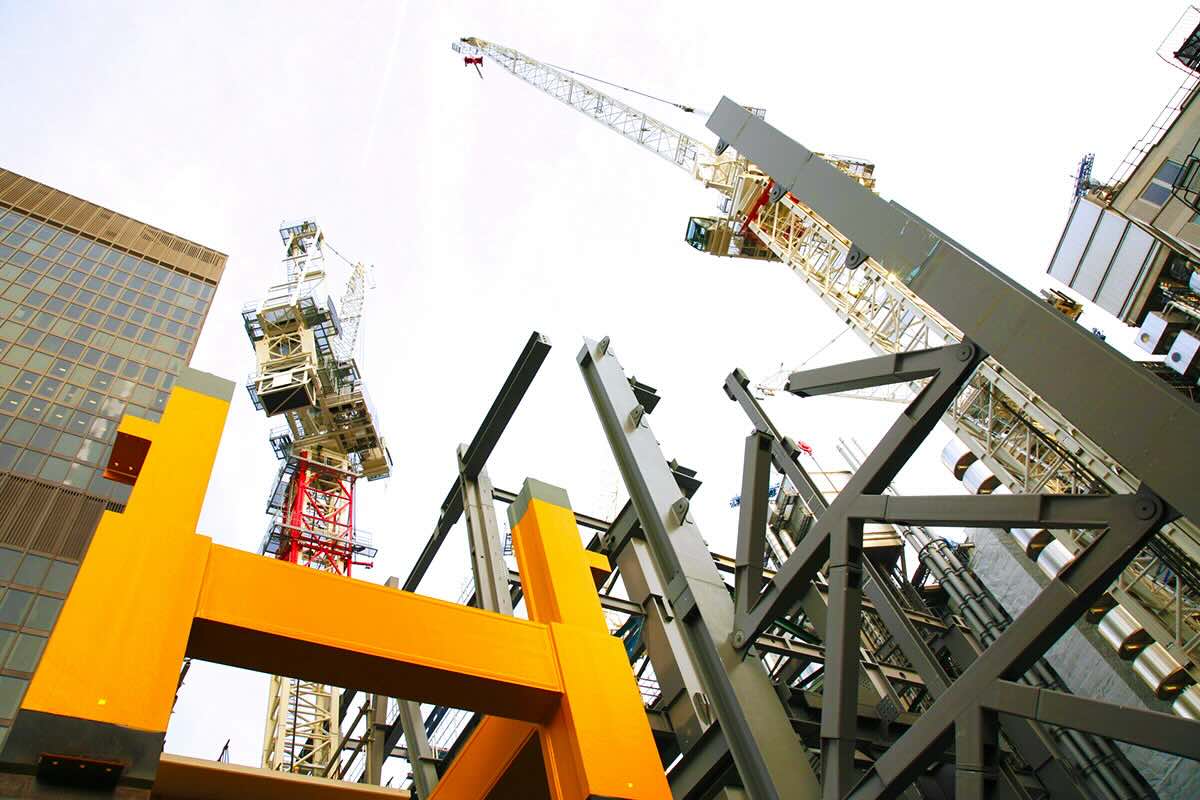


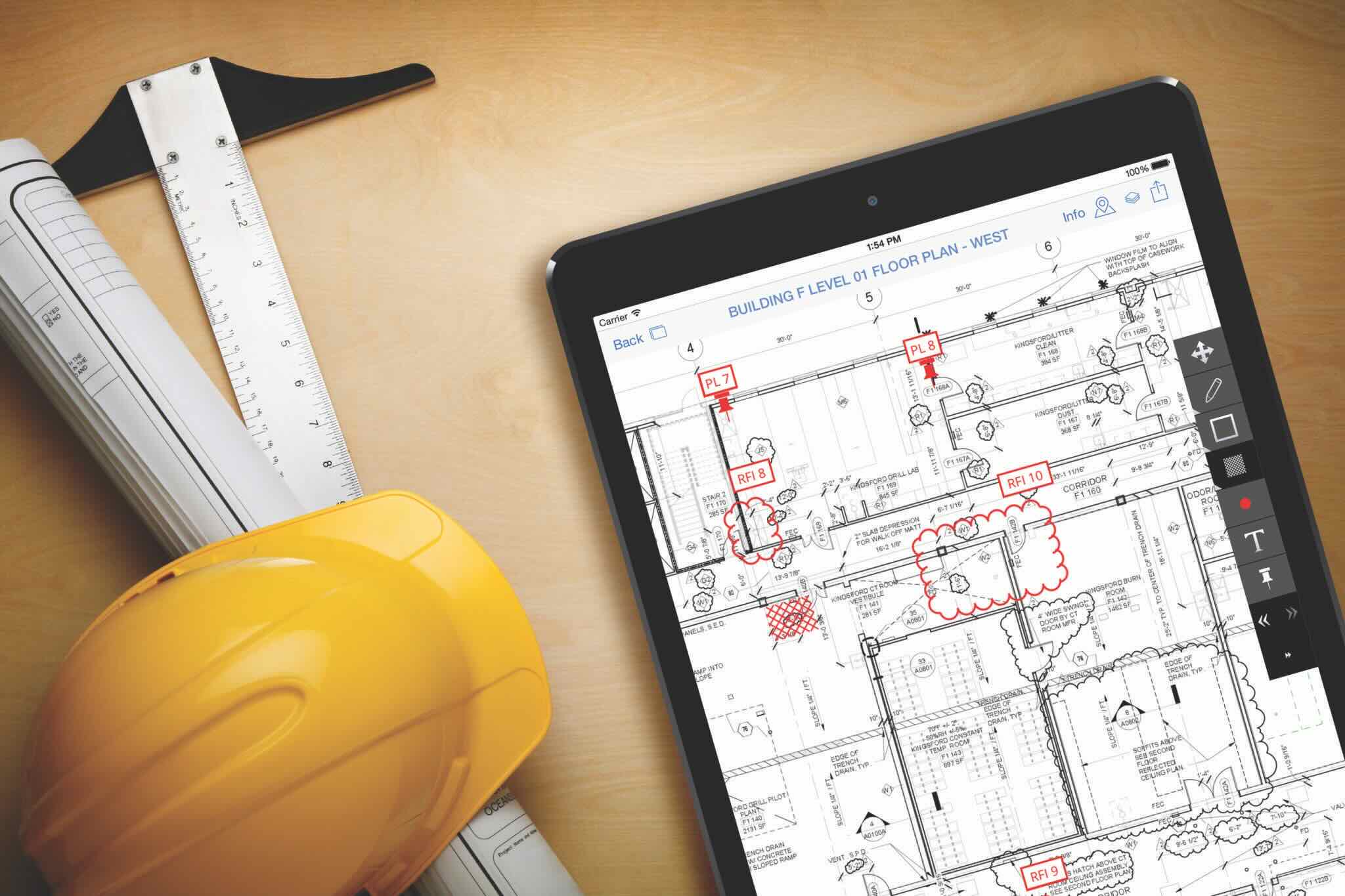
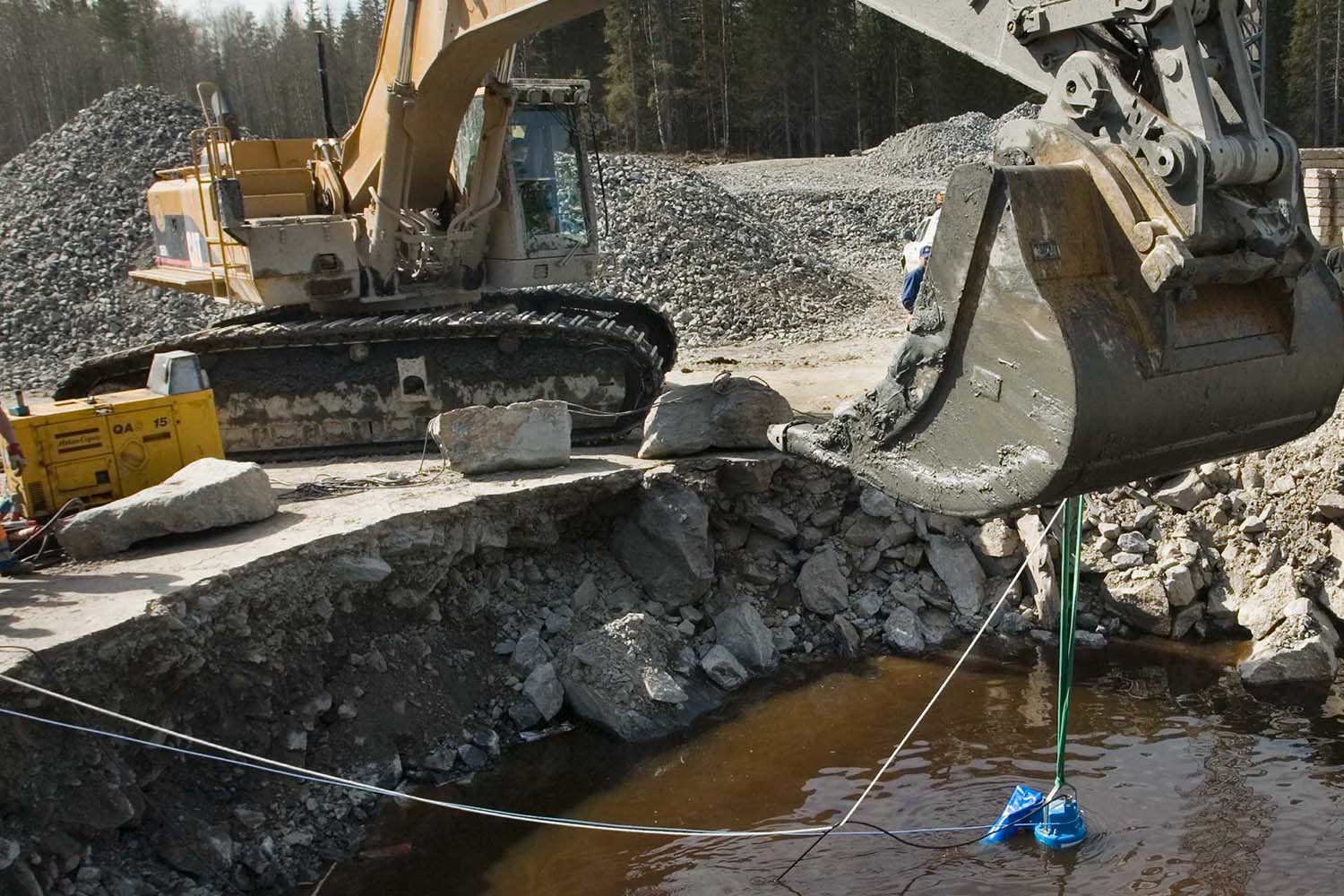




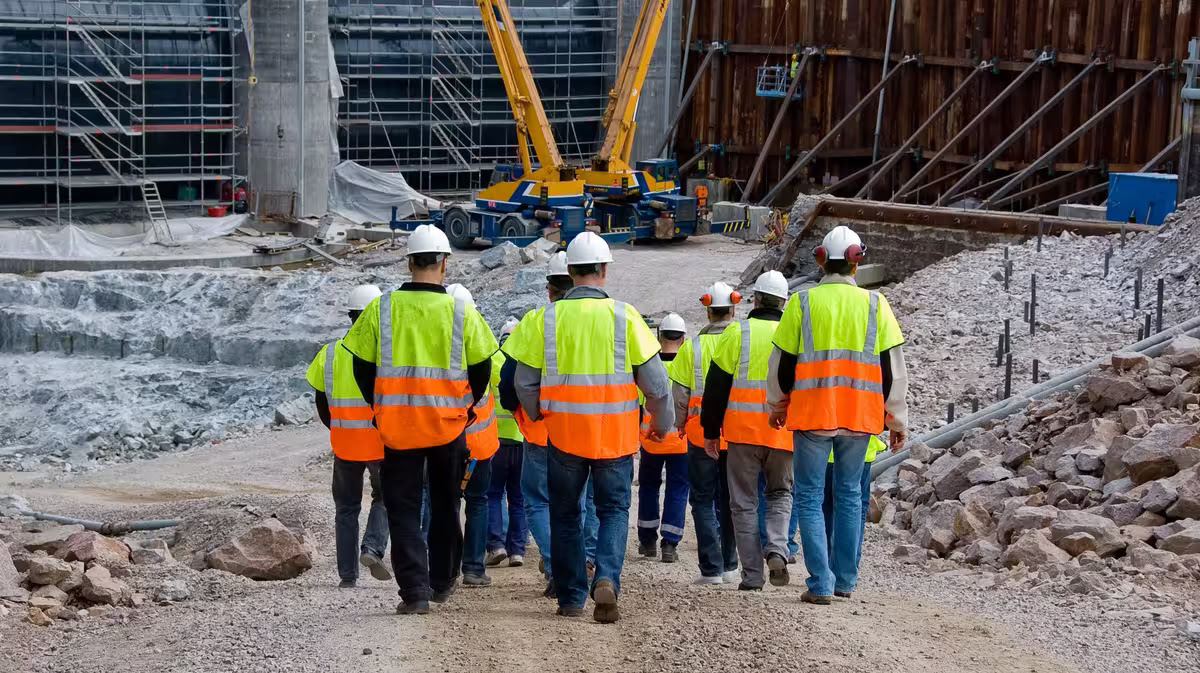

0 thoughts on “What Is A Scribe In Construction”